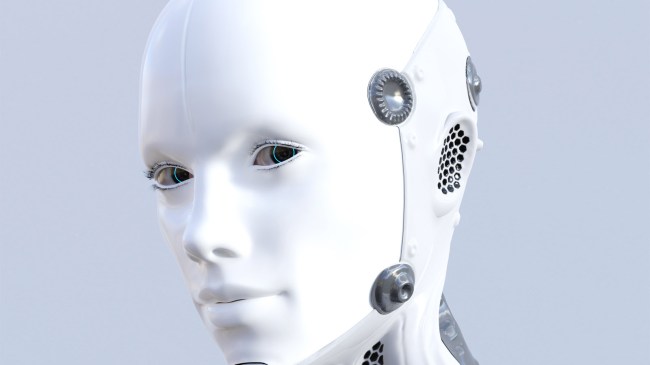iStockphoto
Sure, sure, sure, some of you either own or have ridden in autonomous driverless cars, but do you have a robot chauffeur who can drive you around in your car? Didn’t think so.
That’s exactly what scientist Kento Kawaharazuka of the University of Tokyo and his colleagues are trying to achieve with their musculoskeletal humanoid robot named Musashi.
“The musculoskeletal humanoid, which mimics the human body in detail, has redundant sensors and a flexible body structure,” the researchers explained in their paper published in the journal IEEE Robotics & Automation.
“These characteristics are suitable for motions with complex environmental contact, and the robot is expected to sit down on the car seat, step on the acceleration and brake pedals, and operate the steering wheel with both arms.”
The musculoskeletal humanoid is actuated not by motors arranged at each axis but by pneumatic actuators or muscle actuators with motors that imitate human muscles. The body is flexible compared with the ordinary axis-driven humanoid due to its muscle elasticity and underactuation, and thus it is suitable for motions with complex environmental contact. Therefore, the musculoskeletal humanoid can sit down on the car seat easily without a special jig and operate the steering wheel flexibly by both arms. Also, this robot can be used as a more realistic crash test dummy because of its human-like body structure and actuation.
So far, Musashi can only drive a car forward in a straight line and make a right hand turn. Plus, the robot also only drives at speeds of around 5 kilometers per hour (3.1 miles per hour), so Musashi isn’t a going to be living life a quarter mile at a time anytime soon.
In conclusion after all of their testing, the researchers now know they still have a lot of work to do.
“The robot must get into the car, localize the self-position with simultaneous localization and mapping, and conduct a driving motion plan,” they wrote.
“Also, the respective components of rotating a key, pulling a handbrake, looking around, operating an acceleration pedal, and operating a steering wheel must be integrated into one system. For this purpose, we need a method that handles the flexible body, manages the muscle temperature, and recognizes the situation more accurately.
“Also, we need to improve the hardware for the scapula with wide range motion and the body shape with smooth human-like skin.”
“This study is potentially interesting for people developing humanoid robots, but doesn’t tell us much about autonomous driving,” Jack Stilgoe at University College London told New Scientist. “Self-driving cars don’t and shouldn’t drive like humans. The technology doesn’t have to rely on limbs and eyes so it can find other, safer, more useful ways to move through the world, relying on digital maps and dedicated infrastructures.”
Sure, a humanoid robot driving your car isn’t going to be as safe as a faceless computer doing it, but it is definitely way more cool.

